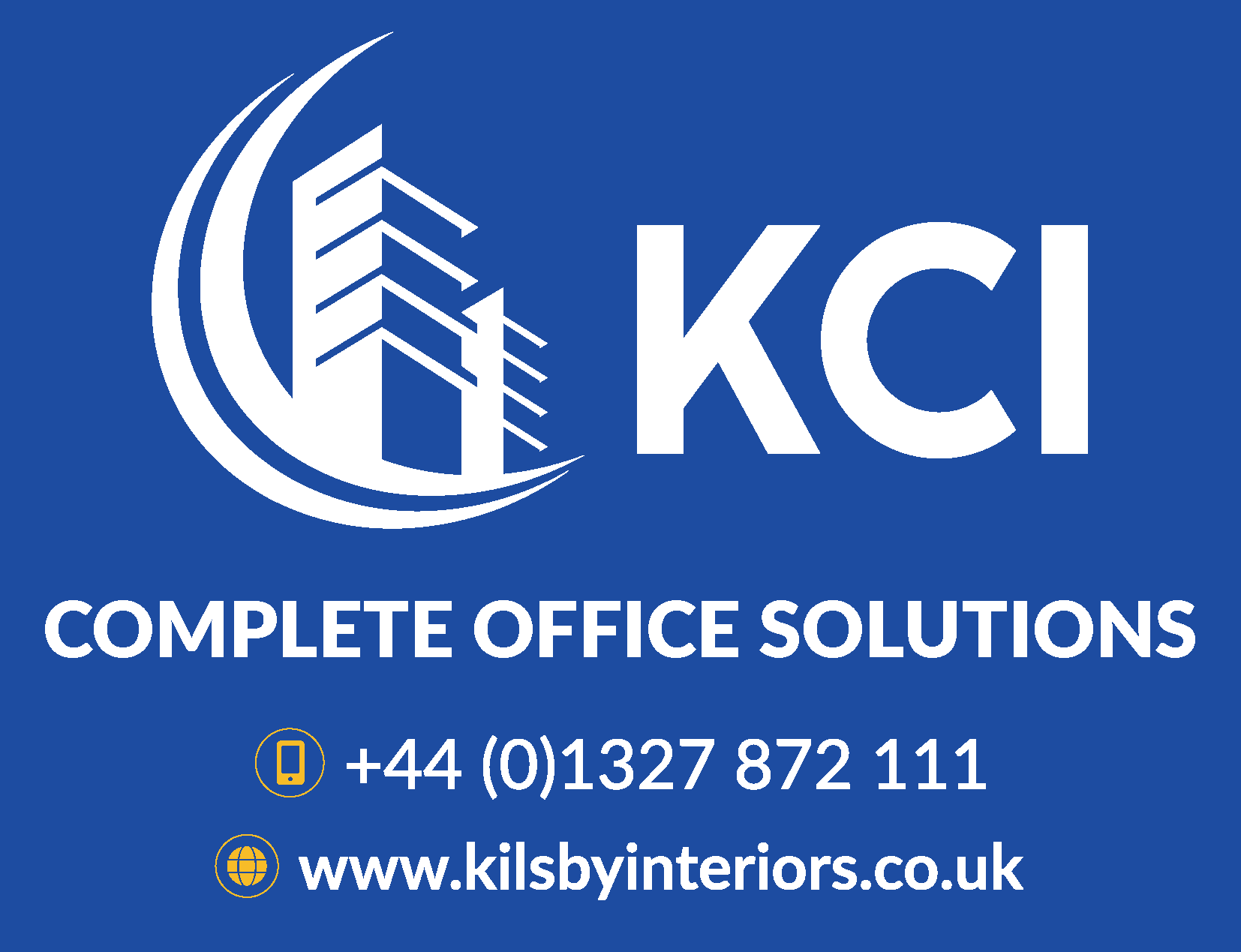

HOW TO SAVE INHERITANCE TAX USING BUSINESS RELIEF
Blogs
One of the simplest ways to save Inheritance Tax is by using business relief. Business relief, previously known as business property relief, is given to the owner of a qualifying business or an interest in a business after two years of ownership. Business relief is also given on qualifying unquoted shares including shares on the AIM market and on certain unquoted securities. Inheritance Tax relief of 100% is given on these qualifying investments. There is a lower rate of 50% given on other qualifying businesses. So what this means is that the investment is totally free of Inheritance Tax (IHT) after two years as long as it meets the HMRC qualification criteria.
If you have owned a trading business or a share in a trading business for more than two years already then your investment is probably already 100% outside of your estate for IHT purposes. To be sure you should check with your accountant.

If you do not own a business or a share in a business you can still benefit from business relief by investing in AIM ISAs and/or so called Inheritance Tax Schemes (ITS). There are other types of investments which also qualify for 100% business relief which I have excluded for the purpose of this blog because they are generally considered to be higher risk investments.
AIM ISAs
AIM ISAs are ISAs (Individual Savings Accounts) which invest in shares listed on the AIM stock market. AIM stands for the Alternative Investment Market which is the secondary stock market to the London Stock Exchange. Not all AIM listed shares qualify for business relief so it is important to invest in AIM ISA funds which invest in AIM shares which meet the qualifying criteria.
Typically an AIM ISA will invest in the 30 largest shares on the AIM market. The advantage of this approach is that it gives you diversification of investment risk. AIM ISAs are more volatile investments because they invest in smaller company shares than say FTSE quoted shares. The plus side of this is that investment returns are usually quite strong over longer periods of 10 years or more but you have to be ready to accept increased volatility. When stock markets rise they tend to outperform considerably but when stock markets fall they underperform. So a long term time horizon and patience are critical.

The easiest way to get started is by transferring existing ISAs (Stocks and Shares ISAs or Cash ISAs) into AIM ISAs. Don’t ever encash your existing ISAs then re-invest in new ones because you will then lose the existing Income Tax and Capital Gains Tax free status. Instead you should transfer your ISA between the ISA providers.
ISAs are already free of Income Tax and Capital Gains Tax but AIM ISAs are free of Inheritance Tax too after two years of ownership.

Inheritance Tax Schemes (ITS)
So called ITS schemes are totally different to AIM ISAs. Providers create private trading companies which qualify for business relief. These companies then invest in areas such as asset backed lending for commercial property, renewable energy, forestry, storage etc. They are designed to produce steady returns of typically 3% a year so they avoid the volatility of AIM shares. The downside is that investment returns are relatively modest. However, like AIM ISAs they become free of Inheritance Tax after two years of ownership.
Because the investment returns are somewhat modest they are generally considered more appropriate for older investors who are aged 75 or older and who may not live for another seven years and potentially become subject to IHT on using the money for a gift/investment instead.
An alternative approach is to invest, say, 50% into AIM ISAs and 50% into ITS in order to reduce volatility and achieve a more consistent investment return. This is a more appealing approach to the more conservative investor.
In my experience, these schemes are very popular with clients because they are simple to understand and they deliver 100% Inheritance Tax relief after just two years of ownership. Many other IHT mitigation schemes are complex and expensive and typically do not provide as much savings in taxation.
Before you invest in such schemes you should take advice from a professional. You know it makes sense*
*RISK WARNING
The Financial Conduct Authority does not regulate taxation advice, estate planning or inheritance tax planning. The information provided in this article is for educational purposes only and should not be considered financial or investment advice. Please consult with a qualified professional before making any investment decisions. The value of investments is not guaranteed and does not offer the same security of capital that is associated with cash deposits. The value of an investment and the income from it could go down as well as up and investors may not get back the amount originally invested.
AIM ISAs and Inheritance Tax Schemes are higher risk investments because they involve investment in smaller unquoted company shares. Investment in such schemes do not qualify for the Financial Services Compensation Scheme (FSCS). The value of investments can fall as well as rise. You may not get back what you invest. The information contained within this blog is for guidance only and does not constitute advice which should be sought before taking any action or inaction. All information is based on our current understanding of taxation, legislation, regulations and case law in the current tax year. Any levels and bases of relief from taxation are subject to change. Tax treatment is based on individual circumstances and may be subject to change in the future. This blog is based on my own observations and opinions.










Tony Byrne
Chartered and Certified Financial Planner
Managing Director of Wealth and Tax Management
If you are looking for expert guidance in Financial Planning contact Wealth and Tax Management on 01908 523740 or email wealth@wealthandtax.co.uk